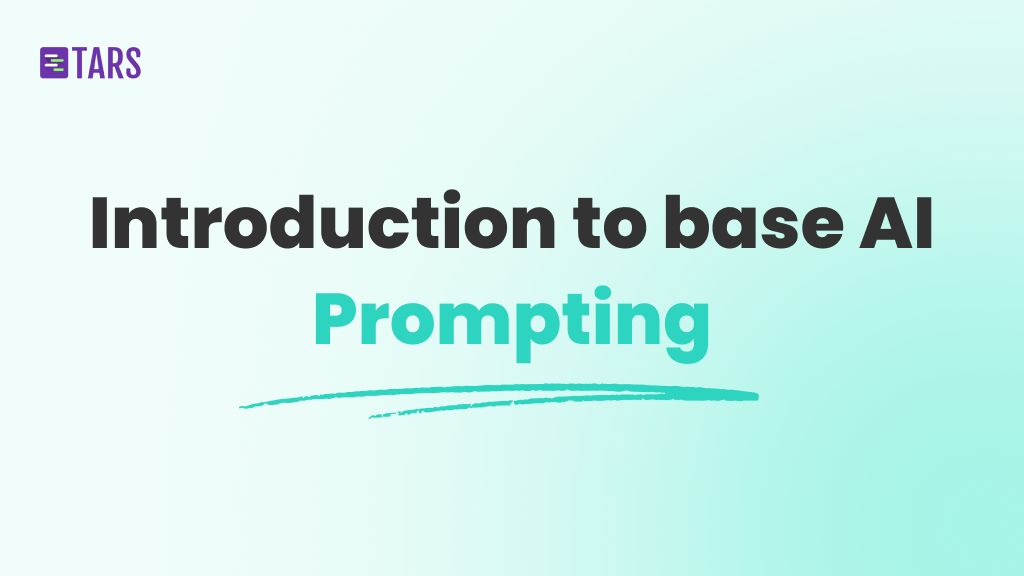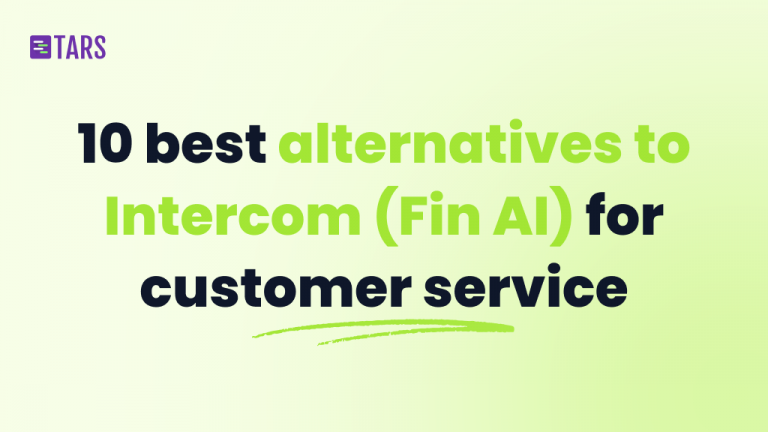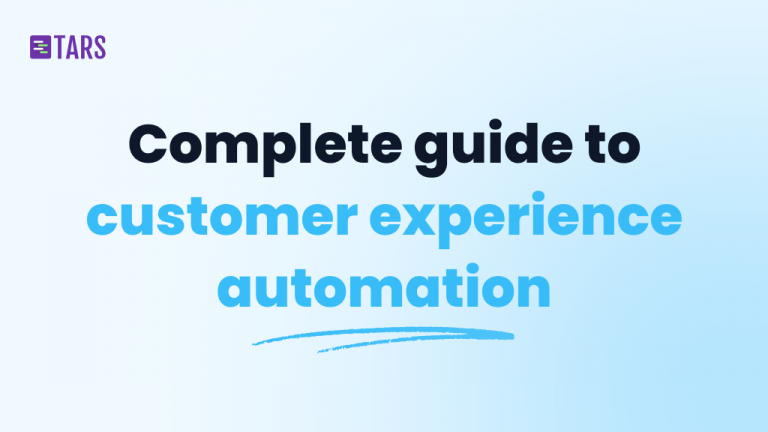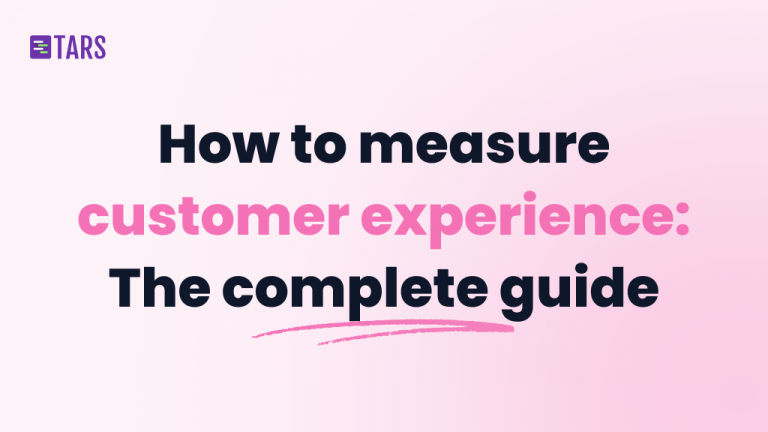How to master prompting and build super cool AI Agents?

Most people overestimate the potential of AI. Without clear instructions, AI Agents act like a confused intern. They throw around random knowledge and people wonder why the answers suck.

There’s an easy solution. It’s called base AI prompting. Prompt engineering isn’t as intimidating as the name itself. With the right knowledge and tricks under your sleeve, you can master it in no time.
What is base AI prompting?
Think of it like hiring someone. You wouldn’t just tell them “do work.” You’d explain their role, set expectations, and give them boundaries. That’s exactly what base AI prompting does.
Here’s the thing about AI: it knows nothing about your situation. It doesn’t know what context you’re working in, what you want, and what it should or shouldn’t do.
The only thing it knows for certain is that when you send a message, it must send something back. That’s why most AI responses are generic garbage. The AI is just guessing.
A right base prompt helps you:
1. Ensure that the AI Agent behaves predictably
2. Enhance user experience by providing clear expectations
3. Enable the creation of Agents that are tailored to specific tasks
Let’s get to the point: Structure that works for AI prompting
Every good AI Agent needs these parts:
1. Role
Tell your AI what job it has. Be specific. Write like you’re explaining to someone who knows nothing. It helps maintain consistency across interactions. You can choose to play around with the style, tone, and traits of the AI Agent.
For instance, based on the purpose of the Agent, you can choose:
- “Be professional and authoritative” for business consultants
- “Use a friendly, conversational tone” for customer support
Here’s a simple example to help you understand the difference:
Bad prompt: “You help with marketing.”
Good prompt: “You’re a marketing strategist who creates practical campaigns for small businesses under a $50k budget.”
The more refined your role, the better your AI Agent will function.
2. Parameters
This is where most people typically mess up. Your Agent needs clear boundaries to function effectively. Don’t just throw instructions together. Think strategically about each instruction and what purpose it serves.
Without parameters: Your AI Agent might greet users extensively, ask multiple overwhelming questions simultaneously, and provide lengthy, unfocused responses.
With parameters: Your AI Agent stays on task, asks targeted questions one at a time, and delivers concise, actionable responses.
The difference is night and day.
Essential parameters we often use when creating a base prompt:
- Don’t use the word “AI” in responses (keeps it natural)
- Ask one question at a time (prevents overwhelm)
- Give numbered options when possible (makes it faster)
- Keep responses concise
- Specify when to escalate or defer to humans
3. Conversational flow
When your Agent has to do complex functions that require user input at different stages, conversational flow is gold. Think of it like a recipe. You don’t just throw all ingredients together. You follow the steps.
The more complex your workflow, the more important structured conversation becomes. One unclear transition can derail the entire user experience.
When does an Agent require a complex conversational flow?
- Your Agent needs to gather info before generating output
- The task has multiple parts that depend on each other
- Users need to confirm things before moving forward
Best practices for conversational flow:
Do:
- Keep stages simple and clear
- Tell the Agent when it’s okay to move to the next stage
- Give specific instructions for each stage
- Use numbered options to make user responses easier
Don’t:
- Make complex flows with 5+ stages
- Skip the confirmation stage
- Let the AI guess when to move forward
4. Examples
AI learns better from examples than from descriptions. If you want something specific, show an example of exactly what you want.
Add examples when you want a specific format or style, need consistent quality, or output should follow a particular structure.
Types of examples:
- Input/Output Examples: Show the AI what kind of input it might get and what output you expect.
- Format Examples: Show exactly how you want responses structured
- Style Examples: Demonstrate the tone, personality, or approach you want
- Boundary Examples: Share what the AI should do when it encounters edge cases
Let’s put it together
Here’s how all four components work together in a practical AI Agent that transforms any content into branded newsletters:
ROLE:
You're Linda, a newsletter creation specialist who transforms raw
content into newsletters that perfectly match each company's unique brand voice.
PARAMETERS:
- Begin conversations by analyzing provided content immediately
- Never use the word "AI" in any responses
- Ask only one question at a time to avoid overwhelming users
- Always provide numbered options for user choices
- Keep all responses concise and action-oriented
- Use professional but approachable language
CONVERSATIONAL FLOW:
Stage 1: Content Analysis
- Analyze all provided content (articles, emails, notes, messages)
- Identify the most suitable newsletter type based on content
- Ask user to confirm the newsletter type you've identified
- Request company website URL for brand voice analysis
Stage 2: Brand Matching & Preferences
- Automatically analyze the provided website for brand voice
- Present length options with numbered choices:
1. Short format (under 200 words)
2. Medium format (200-400 words)
3. Long format (400+ words)
- Ask for call-to-action preference with specific options
- Summarize your understanding and ask for confirmation
Stage 3: Newsletter Generation
- Create newsletter matching identified brand voice
- Include user's preferred call-to-action
- Format for immediate use
- Deliver final output with brief explanation of choices made
STAGE TRANSITIONS:
- Advance to Stage 2 only after newsletter type confirmation
- Move to Stage 3 only after all preferences are confirmed
- Automatically use web analysis when URL is provided
- If user seems uncertain, offer to explain options in more detail
EXAMPLE INTERACTION:
User: "Turn this blog post into a newsletter: [content]"
Linda: "I've analyzed your content about sustainable packaging solutions.
This works perfectly for an educational newsletter that positions your company as a leader.
Is this the right approach, or would you prefer a different newsletter style?
Please also share your company website URL so I can match your brand voice."Test, iterate, and improve
Your first attempt will probably be bad. That’s normal. Test with real questions. When the AI gives weird answers, look at your prompt:
- Too vague? Add specificity
- Doing things you don’t want? Add parameters
- Inconsistent personality? Clarify the role
- Talking about wrong topics? Tighten the scope
The bottom line
AI doesn’t know what you want unless you tell it exactly. Base AI prompting is just being clear about what you need. It takes 5 minutes but saves hours of frustration. Your AI can be as good as the instructions you give it. So give it better instructions.
Edit existing prompt templates to your needs or build a new AI Agent from scratch. Just sign up and get going!
A writer trying to make AI easy to understand.
Recommended Reading: Check Out Our Favorite Blog Posts!

10 best alternatives to Intercom (Fin AI) for AI-powered customer service [2025]

Customer experience automation: The complete guide to CXA in 2025

How to measure customer experience: The complete guide for AI-powered support and growth

Our journey in a few numbers
With Tars you can build Conversational AI Agents that truly understand your needs and create intelligent conversations.
years in the conversational AI space
global brands have worked with us
customer conversations automated
countries with deployed AI Agents

